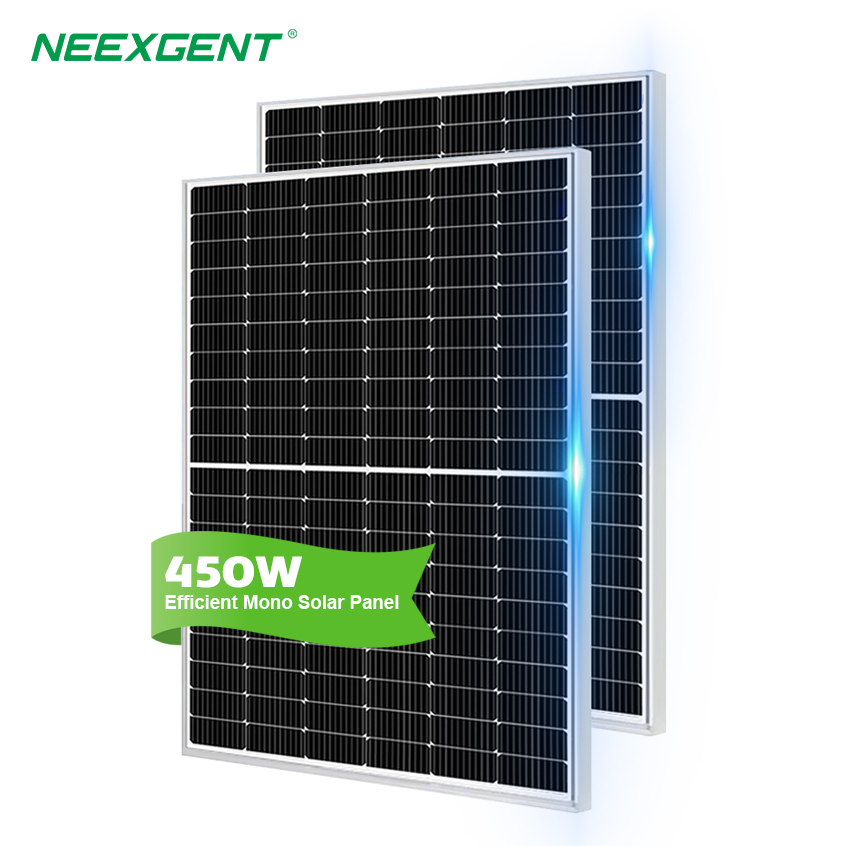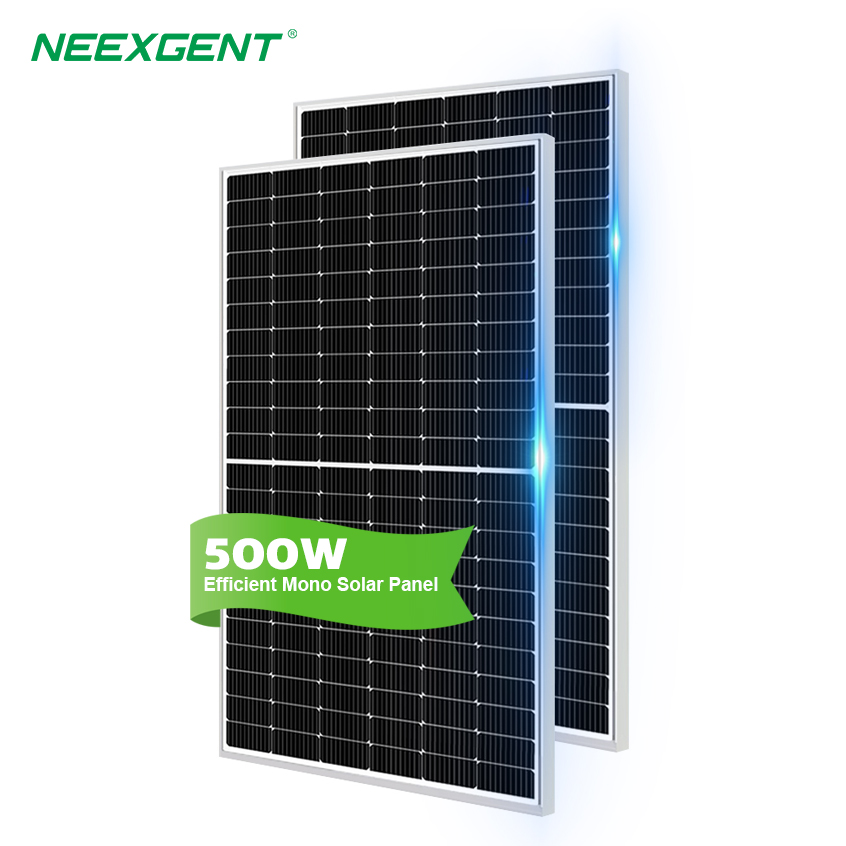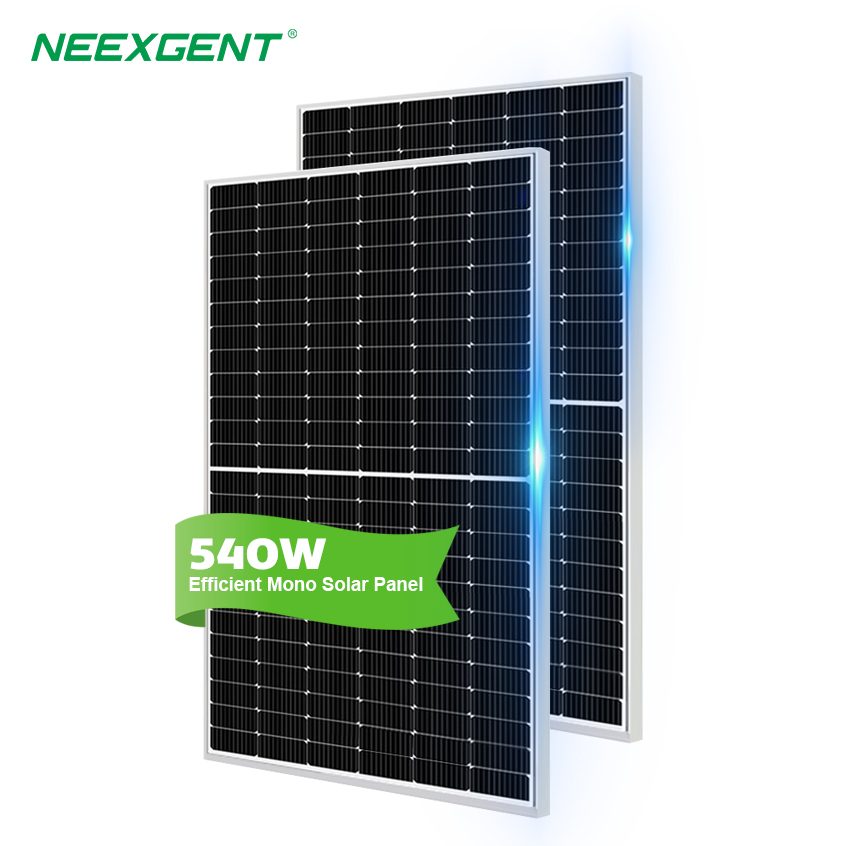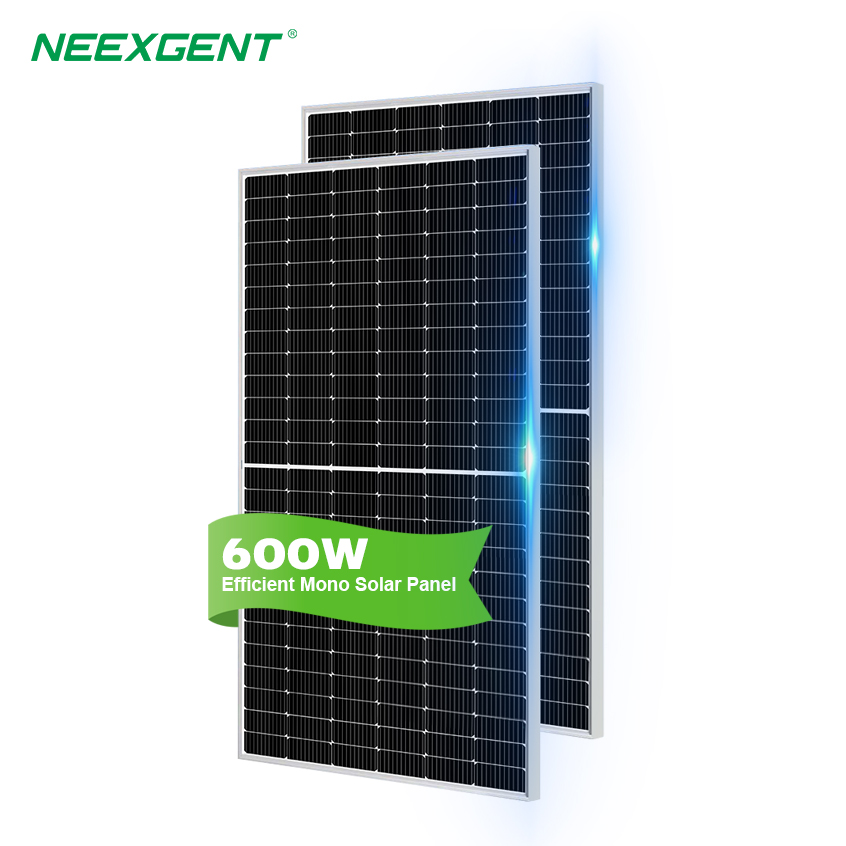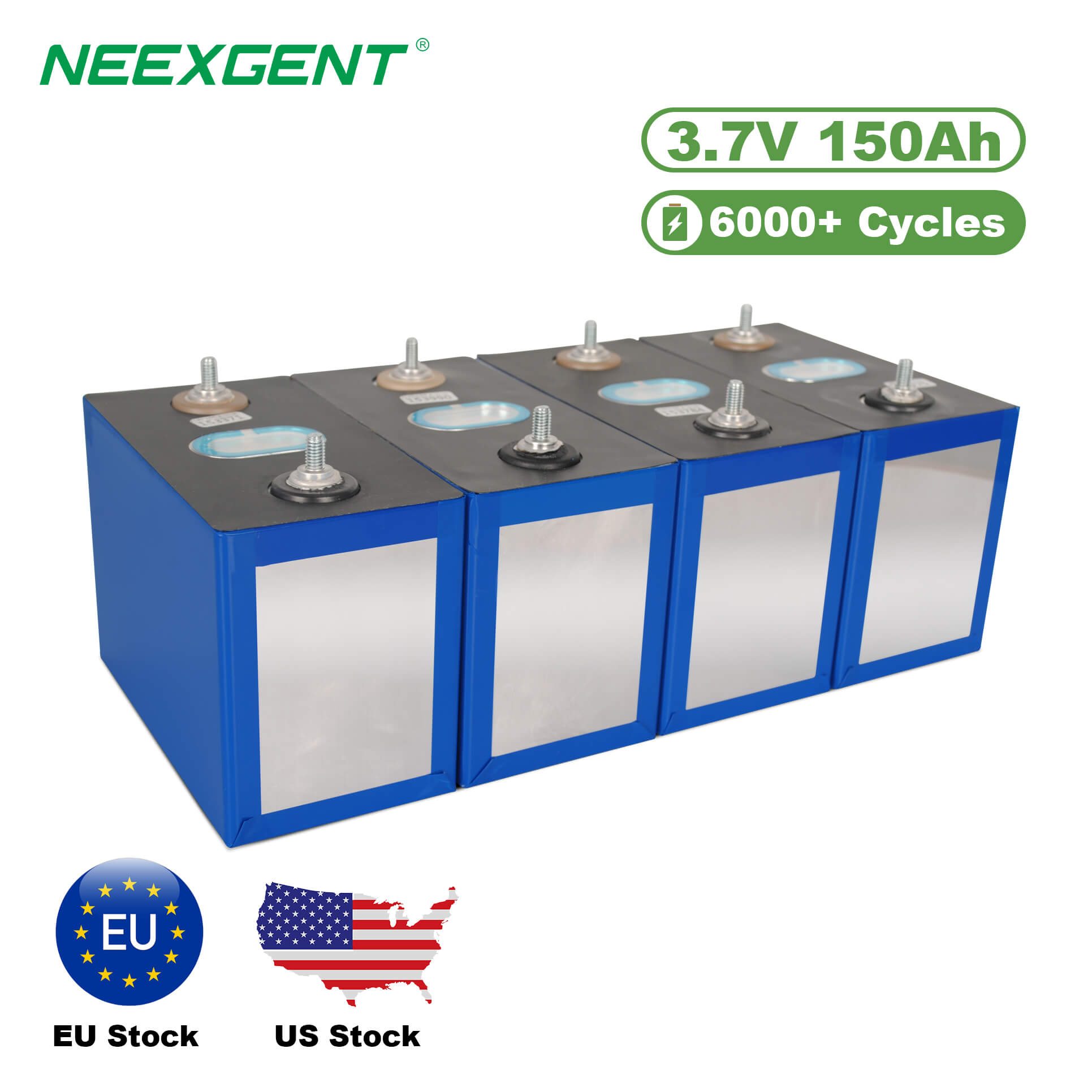Contents:
The rapid adoption of solar energy has raised questions about its impact on grid stability, particularly regarding frequency regulation. Solar power, being an intermittent energy source, can influence grid dynamics in ways that challenge traditional utility models. This article explores how solar energy affects grid frequency, highlights potential disruptions, and examines solutions for maintaining grid reliability.

Understanding Grid Frequency
Grid frequency, typically maintained at 50 Hz or 60 Hz depending on the region, reflects the balance between electricity supply and demand. Conventional power plants use synchronized turbines to generate electricity, ensuring a stable frequency. However, solar power, generated through photovoltaic (PV) systems, does not inherently contribute to frequency regulation due to its direct current (DC) output and reliance on inverters to connect to the alternating current (AC) grid.
Impact of Solar Power on Grid Frequency
| Impact |
Description |
| Intermittency |
Solar output varies with weather and time, leading to potential frequency imbalances. |
| Reduced Inertia |
Solar PV lacks the rotational inertia of traditional generators, increasing grid vulnerability. |
| High Penetration Levels |
Regions with significant solar power may experience over-generation or under-generation. |
Mitigating Grid Frequency Disruptions
1. Advanced Inverter Technology:
Modern inverters with grid-support functionalities, such as frequency response and voltage regulation, can help stabilize grids by mimicking the behavior of traditional generators.
2. Energy Storage Systems:
Batteries can store excess solar energy during peak production and release it during deficits, smoothing out fluctuations and supporting frequency regulation.
3. Hybrid Power Systems:
Combining solar energy with other renewable sources or conventional generation provides a balanced energy mix, enhancing grid resilience.
4. Demand Response Programs:
Encouraging consumers to adjust their electricity usage during peak times can alleviate pressure on the grid and maintain frequency stability.
5. Grid Modernization:
Upgrading grid infrastructure, such as integrating smart grid technologies, enhances real-time monitoring and control capabilities, reducing the risk of frequency disruptions.
By addressing these challenges, solar energy can be harmonized with existing grid systems to ensure reliable and sustainable power delivery.
Solar Energy Production vs. Grid Frequency Stability
Encouraging Collaborative Approaches The transition to renewable energy, including solar, necessitates close collaboration between policymakers, energy providers, and technology developers. Governments must establish regulations that promote grid-friendly solar installations, while utilities invest in technologies that enhance grid adaptability. At the same time, consumers and businesses must embrace energy efficiency practices and storage solutions to contribute to a more resilient grid. By implementing these strategies, we can harness solar energy’s potential to drive sustainability without compromising grid stability.
Policies and Innovations Supporting Grid Stability
The evolution of solar energy requires a combination of policy support and technological innovation to ensure seamless integration into the grid. Below are some of the key measures and innovations that can help maintain grid stability:
| Category |
Description |
| Policy Support |
Governments must enforce regulations that require advanced inverters and encourage energy storage adoption. |
| Grid Modernization |
Investments in smart grids and real-time monitoring systems enhance grid responsiveness and adaptability. |
| Energy Storage |
Batteries provide critical backup power, smoothing fluctuations in solar energy output. |
| Hybrid Systems |
Combining renewable and conventional power sources ensures a balanced energy mix for stability. |
| Consumer Engagement |
Demand-response programs encourage users to adjust consumption patterns, reducing stress on the grid. |
Enhancing Public Awareness
Public awareness plays a vital role in ensuring the success of grid-friendly solar energy initiatives. Educating communities on the importance of energy storage, demand-response participation, and adopting grid-friendly technologies can lead to widespread support and adoption. Energy providers can engage with stakeholders through workshops, public campaigns, and incentives to promote responsible energy usage.
By aligning technological advancements, policy frameworks, and consumer behavior, the global energy landscape can transition to a greener, more sustainable future without compromising grid performance.
Real-Time Grid Monitoring
One critical aspect of managing grid frequency in a solar-powered system is real-time monitoring. Advanced monitoring tools allow grid operators to track fluctuations in frequency and power output, enabling immediate corrective actions. Sensors and smart meters installed across the grid provide invaluable data, helping utilities maintain the delicate balance between supply and demand.
Role of Inverters in Frequency Regulation
Modern inverters play a pivotal role in supporting grid stability. Unlike traditional inverters, which only convert DC to AC, advanced inverters can perform grid-supportive functions such as reactive power compensation and frequency response. These inverters can respond to grid signals by adjusting power output, thus aiding in frequency regulation. Their widespread adoption has significantly reduced the disruptive effects of solar power on the grid.
Distributed Energy Resources (DERs)
Distributed energy resources, including rooftop solar panels and small-scale solar farms, add complexity to grid management. Unlike centralized power plants, DERs are scattered across various locations, making it challenging for grid operators to predict their collective impact. However, proper integration of DERs, combined with technologies like microgrids, can distribute the load evenly and enhance local grid stability.
Community solar projects allow multiple users to benefit from a shared solar installation. These projects not only democratize access to renewable energy but also reduce strain on the main grid by generating and consuming power locally. By minimizing the need for long-distance power transmission, community solar initiatives help in maintaining consistent grid frequency and reducing energy losses.
FAQs
Solar power can impact grid frequency due to its intermittency and lack of mechanical inertia. Sudden changes in solar output, such as cloud cover, can cause supply-demand imbalances, leading to frequency deviations. Advanced technologies like inverters and energy storage help mitigate these effects.
Traditional power plants use rotating turbines to generate electricity, which provides inertia and stabilizes grid frequency. Solar PV systems, however, use static panels and inverters, which lack mechanical components that contribute to inertia, making grids more susceptible to frequency fluctuations.
Yes, energy storage systems, such as batteries, can store excess solar energy during peak production and discharge it when needed. This helps balance supply and demand, reducing the frequency variability caused by solar power intermittency.
Modern inverters equipped with grid-support functions can help regulate frequency by adjusting power output, providing reactive power support, and responding to grid disturbances. These advanced inverters enable solar systems to contribute to grid stability.
Not necessarily. While high solar penetration can create challenges like over-generation or sudden drops in power, proper grid management strategies—such as using advanced inverters, energy storage, and smart grid technologies—can prevent disruptions and maintain grid stability.

